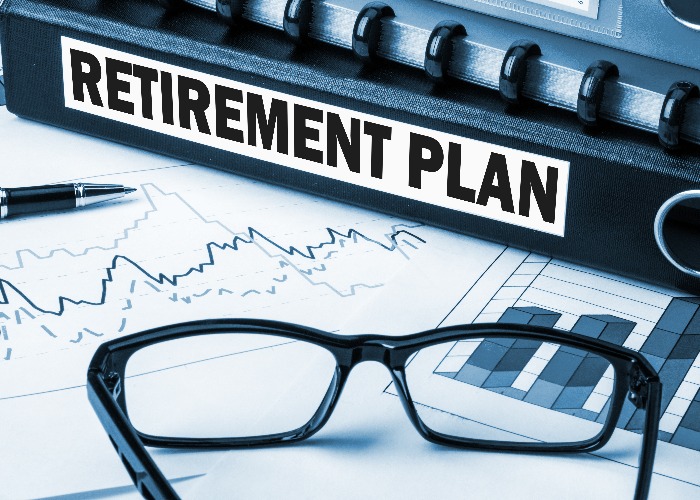Saving into a workplace pension: all you need to know

Saving for retirement through a workplace pension scheme can help make sure you have enough money for later life. Here’s everything you need to know.
A workplace pension scheme is a way of saving for your retirement by having contributions taken straight from your wages. Your employer may also contribute to your pension via the scheme.
There are two types of workplace pension schemes: defined benefit and defined contribution.
A defined benefit scheme is also known as a final salary pension.
With most of these schemes you pay a set percentage of your salary into your pension fund and your employer pays in the rest. You will then receive a pension based on your salary at retirement and how many years you worked for the company.
Very few employers still offer final salary schemes.
The more common option is a defined contribution scheme. You make contributions and your money is invested in the stock market.
The pension you receive is dependent on how much money you have paid in and how your investments have performed.
Why should I save into one?
You don’t have to join your workplace pension scheme.
If you qualify for auto-enrolment, then you can still opt-out of your scheme. Then you could choose to save into a Self-Investment Personal Pension (SIPP) or a Lifetime ISA (LISA) instead.
There are some big attractions to your employer’s own pension scheme. The main one being employer contributions.
If you pay into your workplace pension scheme then, in most cases, your employer will too.
Under the auto-enrolment rules, your employer must pay in the equivalent of at least 2% of your salary, rising to 3% from April 2019. But, many employers make bigger contributions than this.
So, if you don’t use your workplace pension scheme you are missing out on that extra cash from your boss.
Another reason to use your employer’s pension is that it may come with additional benefits such as pensions for your spouse, civil partner or dependents when you die or a death in service benefit.
Saving long-term? View your various investing options to maximise growth (capital at risk)
How do I join my workplace scheme?
If you are 22 or older (but under State Pension age) and earn more than £10,000 a year you qualify for automatic enrolment. This means you should be part of your workplace pension scheme unless you opted out.
You can find out more about your employer’s pension options by speaking to Human Resources or your boss should be able to tell you who to speak to.
Pension savings: how much you really need for a comfortable retirement
How much should I save?
The Government’s rules on auto-enrolment state that you should save a minimum of 3% of your salary into your pension, rising to 5% from April 2019. But, many pension experts don’t think that is anywhere near enough.
“Automatic enrolment has been successful in t driving up participation rates in workplace pension schemes,” says Tom Selby, senior analyst at AJ Bell.
“However, it is a job half done – contributions now need to increase to a level which ensures everyone is encouraged to build up a decent retirement pot.”
Research by the BBC found that someone aged 25 earning the average wage (£26,364) who wanted a retirement salary of £20,000 a year would need to save around 14% of their salary into their pension scheme.
This rises the later you start saving for retirement, to 23% of your salary if you start saving at 35 and almost half if you wait until you are 45.
These figures don’t consider employer contributions or tax relief so, in reality, you may be able to get away with saving slightly less.
If you want to learn more how much you should save, or have more questions about retirement planning, read our comprehensive guide to pensions.
Ethical pensions: investment policies, switching and performance explained
What happens if I change jobs?
When you start your new job sign up to your new company’s pension scheme. Your old pension is still yours and will continue to grow and you can access it later in life when you hit 55.
You may be able to continue paying into that pension through your new workplace, or you could combine your old and new pension pots. Your pension provider will be able to explain your options to you.
Not interested in a workplace pension or simply want to save more for your retirement? Compare SIPPs on loveMONEY (capital at risk).
Comments
Be the first to comment
Do you want to comment on this article? You need to be signed in for this feature